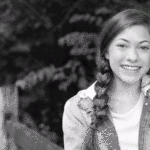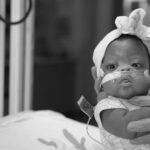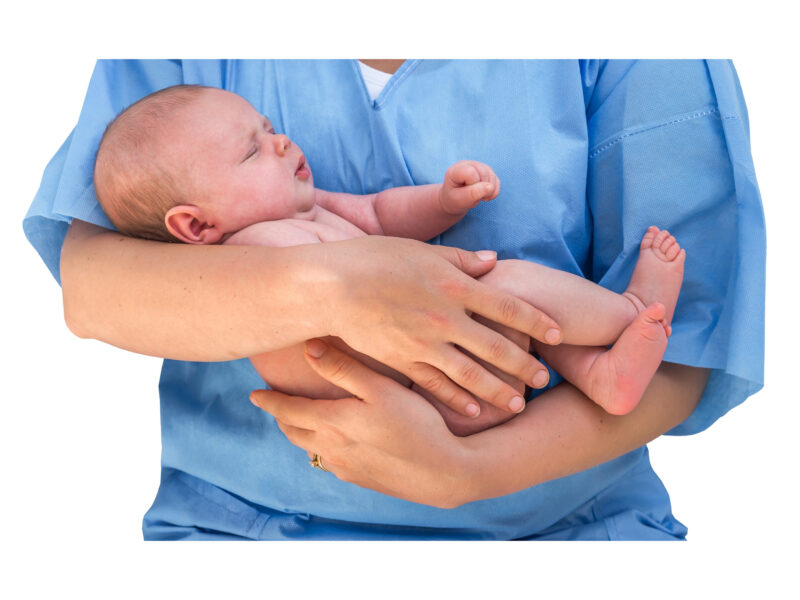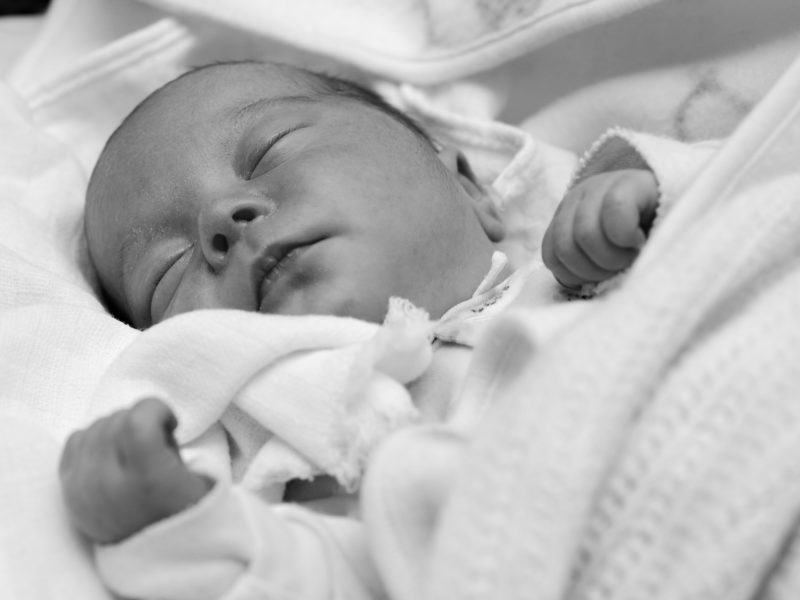RSV in Infants and High-Risk Children: A Commentary on the Roll-out of a New Preventive Medication
RSV in Infants and High-Risk Children: A Commentary on the Roll-out of a New Preventive Medication https://pediatricsnationwide.org/wp-content/uploads/2018/10/NAS-header-1024x575.jpg 1024 575 Pam Georgiana Pam Georgiana https://pediatricsnationwide.org/wp-content/uploads/2023/07/May-2023.jpg- February 26, 2024
- Pam Georgiana

According to the Centers for Disease Control and Prevention (CDC), respiratory syncytial virus (RSV) causes more than 2 million outpatient visits, as many as 80,000 hospitalizations, and 100 to 300 deaths in children under 5 years old annually. Infants under 6 months of age are at the most significant risk of hospitalization. Although the highest morbidity occurs among premature infants, the majority of hospitalized infants are previously healthy with no underlying medical conditions. The respiratory season can significantly strain the healthcare system, especially when paired with influenza and COVID-19, as many pediatric hospitalists experienced during the 2022-2023 ‘tripledemic.’
For these reasons, the Food and Drug Administration’s approval of the new drug nirsevimab in July 2023 was notable. Studies showed that nirsevimab is extremely effective in preventing RSV-associated lower respiratory tract infections that require hospitalization. The CDC, the Advisory Committee on Immunization Practices (ACIP), and the American Academy of Pediatrics (AAP) all recommended nirsevimab in August 2023.
“There was considerable excitement about nirsevimab finally becoming available. It is one of only two immunizations that is recommended for newborns to receive before leaving the hospital. We expect it to be a game changer in optimizing the health of infants,” says Rakhi Gupta Basuray, MD, a physician in the Division of Hospital Medicine at Nationwide Children’s and an assistant professor of pediatrics at The Ohio State University College of Medicine.
Because the 2023 RSV season was imminent, a fast and well-coordinated implementation strategy across healthcare systems was needed. However, several hurdles made the process challenging.
In a perspective article, leaders of the AAP Neonatal Hospitalist Subcommittee of the Section on Hospital Medicine described what occurred during the roll-out of nirsevimab in the fall of 2023. This group comprises hospitalists from across the country who care for newborns during the birth hospitalization. Dr. Gupta Basuray is co-chair of the subcommittee and senior author in this paper, which was published in Hospital Pediatrics in December 2023.
The eligibility criteria for nirsevimab include all infants less than 8 months old during their first RSV season, which typically spans November through March. It also includes children 8 to 19 months old who are at increased risk of severe RSV disease. The CDC expected the 2023 season to see hospitalization rates similar to the “tripledemic” of 2022-2023.
The unexpectedly high global demand for nirsevimab, however, led to a limitation in supply from the manufacturer. Consequently, the CDC put a hold on ordering nirsevimab through the Federal Vaccine for Children (VFC) Program, which provides free, recommended immunizations for uninsured or underinsured children or children enrolled in Medicaid. The CDC also issued more restrictive prescribing recommendations to prioritize distribution to the highest-risk infants.
Another hurdle highlighted by the authors was cost. Nirsevimab costs $495 per dose in the private sector and $395 in the VFC Program. While 86% of pediatrician offices participated in the VFC Program, only 10% of birthing hospitals did at the start of the roll-out. To take part in VFC, hospitals were required to stock all recommended vaccines. VFC relaxed its requirements in response to the high cost of nirsevimab. This allowed birthing hospitals to carry a limited formulary of vaccines. However, in many cases, it was still very costly to cover demand. In addition, birthing hospitals were not reimbursed for nirsevimab administration in newborn nurseries.
Hospitalists worried that shortages and high purchasing costs would lead to inequity due to variations in who could order and pay for nirsevimab, which could then exacerbate disparities in the patient populations who have access to it. Within the authors’ institutions, there were variations in distribution policies for infants. This was most likely a representative sample of the inconsistencies happening around the nation.
“At Nationwide Children’s, we didn’t experience a shortage because our pharmacy team, led by Michael Storey, PharmD, preordered nirsevimab ahead of time. We had enough supply to distribute to all babies in our NICUs and clinics. Even if we were to run out towards the end of the season, we should be able to re-order the limited amount we would need,” says Pablo J. Sánchez, MD, principal investigator in the Center for Perinatal Research at the Abigail Wexner Research Institute at Nationwide Children’s and a professor of pediatrics at The Ohio State University College of Medicine. “However, the hospital covered a considerable amount of upfront cost by being proactive. Private practices may have had to take a less aggressive approach, making it challenging for families to find the product after the newborn left the hospital.”
Dr. Sánchez was not part of the report but was on the CDC’s ACIP RSV Work Group, which recommended nirsevimab.
The authors recommended that a multidisciplinary approach leveraging the expertise of newborn hospitalists is needed to ensure all eligible infants receive nirsevimab in upcoming RSV seasons.
References:
- Hall CB, Weinberg GA, Iwane MK, et al. The burden of respiratory syncytial virus infection in young children. N Engl J Med. 2009;360(6):588-598. doi:10.1056/NEJMoa0804877
- Halasa N, Zambrano LD, Amarin JZ, et al. Infants Admitted to US Intensive Care Units for RSV Infection During the 2022 Seasonal Peak. JAMA Netw Open. 2023;6(8):e2328950. Published 2023 Aug 1. doi:10.1001/jamanetworkopen.2023.28950
- Aragona E, Joshi NS, Birnie KL, Lysouvakon P, Basuray RG. Early Experiences With Nirsevimab: Perspectives From Newborn Hospitalists. Hosp Pediatr. Published online December 20, 2023. doi:10.1542/hpeds.2023-00763
Image credit: Adobe Stock
About the author
Pam Georgiana is a brand marketing professional and writer located in Bexley, Ohio. She believes that words bind us together as humans and that the best stories remind us of our humanity. She specialized in telling engaging stories for healthcare, B2B services, and nonprofits using classic storytelling techniques. Pam has earned an MBA in Marketing from Capital University in Columbus, Ohio.
-
Pam Georgianahttps://pediatricsnationwide.org/author/pam-georgiana/
-
Pam Georgianahttps://pediatricsnationwide.org/author/pam-georgiana/
-
Pam Georgianahttps://pediatricsnationwide.org/author/pam-georgiana/
-
Pam Georgianahttps://pediatricsnationwide.org/author/pam-georgiana/August 30, 2023
- Posted In:
- Clinical Updates
- In Brief










